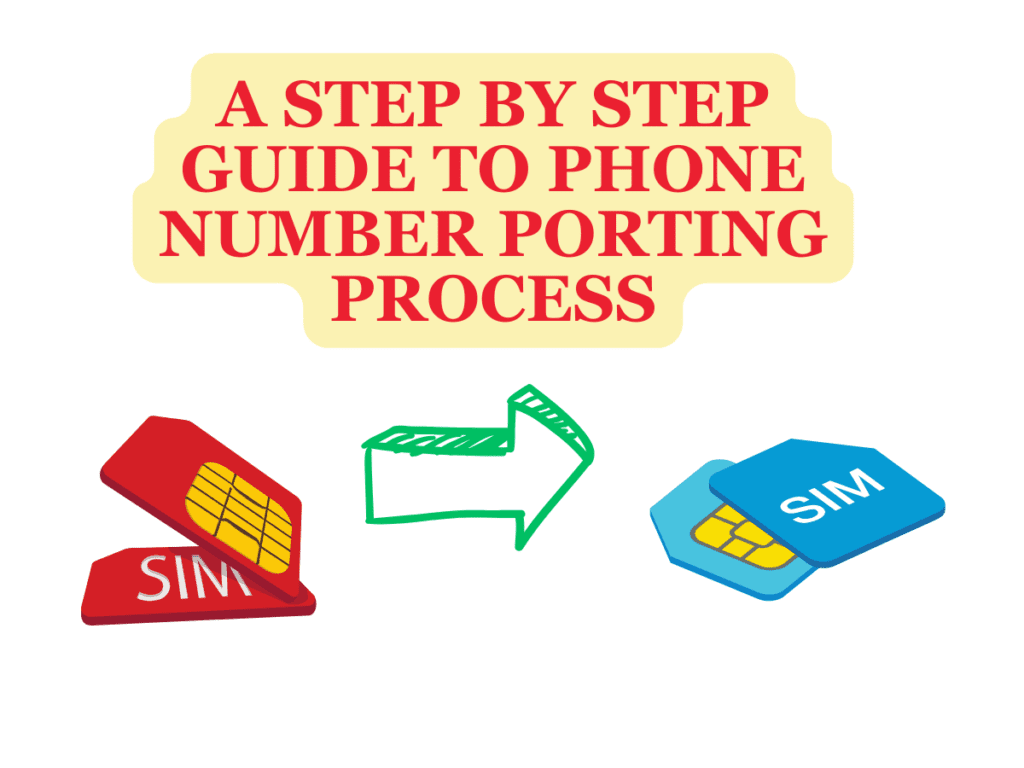Hey there, are you also looking for the best way to start a startup with low investment in 2024? You are at the right place today as I will tell you how to start your startup with a low investment. It is not a very difficult task to start a new business with a low amount of money, all you need is the right strategy to conduct your business. So to help you start your startup and run it smoothly, I have come up with a step-by-step guide.
Starting a startup with limited funds can seem difficult, but with the right approach and mindset, it’s entirely achievable. As the entrepreneurial landscape evolves, 2024 presents new opportunities for innovative minds to launch successful ventures without breaking the bank. Here’s a comprehensive guide on how to start a startup with low investment in 2024.
A step-by-step guide to start a startup with low investment in 2024
Understanding the Basics
1. Identify Your Niche
The first step in starting any business is to identify a niche market that you’re passionate about. This not only makes the work more enjoyable but also increases your chances of success since you’re more likely to be knowledgeable and enthusiastic about the product or service you’re offering.
Tips to Identify Your Niche:
- Evaluate your abilities and passions.
- Carry out market analysis to discover untapped opportunities or areas with limited service.
- Study your competitors to identify areas where you can set yourself apart.
2. Validate Your Idea
Before diving headfirst into your startup, it’s crucial to validate your idea. This means ensuring that there’s a demand for your product or service and that people are willing to pay for it.
Steps to Validate Your Idea:
- Collect feedback through surveys from potential customers.
- Develop a basic product and test it in the market.
- Utilize social media and online forums to measure interest and gain valuable insights.
Planning and Strategy
3. Create a Lean Business Plan
A business plan is essential, but it doesn’t have to be extensive. A lean business plan outlines the core aspects of your startup and helps keep you focused.
Key Components of a Lean Business Plan:
- Value Proposition: What sets your product or service apart from the rest?
- Customer Segments: Who are the customers you are targeting with your offering?
- Channels: How do you plan to connect with your customers?
- Revenue Streams: What is your strategy for generating revenue?
- Cost Structure: What are the main expenses involved in your business operations?
4. Build a Strong Online Presence
In this modern era of technology, it is absolutely essential to have a powerful online presence. This not only aids in marketing efforts but also builds trust and credibility.
Essential Online Presence Elements:
- Professional Website: Make sure your website is professional, user-friendly, and mobile-optimized.
- Social Media Profiles: Select social media platforms that are popular among your target audience for your profiles.
- Content Marketing: Develop valuable content that caters to the needs and interests of your audience for content marketing.
Funding and Financial Management
5. Bootstrap Your Startup
Bootstrapping is all about launching and expanding your business with minimal external funding. By adopting this approach, you’ll learn to be resourceful and maximize the potential of your limited resources.
Bootstrapping Tips:
- Use personal savings or reinvest profits back into the business.
- Limit expenses by working from home or using coworking spaces.
- Negotiate deals and barter services with other small businesses.
6. Explore Alternative Funding Options
If bootstrapping isn’t enough, consider alternative funding options that don’t require giving up a large equity stake in your company.
Alternative Funding Sources:
Crowdfunding: Consider Platforms like Kickstarter and Indiegogo that allow you to raise funds from the public.
Grants and Competitions: Look for business grants and startup competitions that offer funding.
Angel Investors: Seek out angel investors who are willing to invest small amounts in early-stage startups.
Operations and Growth
7. Focus on Customer Acquisition and Retention
Attracting and retaining customers is key to the survival and growth of your startup. Focus on delivering excellent customer service and building strong relationships with your customers.
Customer Acquisition Strategies:
- Leverage social media advertising and influencer partnerships.
- Use search engine optimization (SEO) to drive organic traffic to your website.
- Offer promotions and discounts to attract new customers.
Customer Retention Strategies:
- Implement loyalty programs to reward repeat customers.
- Collect and act on customer feedback to improve your offerings.
- Provide exceptional customer support to build trust and loyalty.
8. Embrace Technology and Automation
Utilizing technology can significantly reduce operational costs and increase efficiency. Automation tools can handle repetitive tasks, allowing you to focus on more strategic aspects of your business.
Useful Tools and Technologies:
- Project Management Software: Tools like Trello or Asana help organize tasks and manage projects.
- Customer Relationship Management (CRM) Systems: Platforms like HubSpot or Salesforce assist in managing customer interactions.
- Marketing Automation: Tools like Mailchimp or Hootsuite automate email marketing and social media posting.
9. Leverage Content Marketing
Content marketing is a cost-effective way to attract and engage customers. By providing valuable and relevant content, you can establish your brand as an authority in your niche.
Content Marketing Tips:
- Start a blog and regularly post articles related to your industry.
- Create video content to share on YouTube and social media platforms.
- Develop downloadable resources like e-books or whitepapers to capture leads.
10. Utilize Social Media
Social media platforms offer powerful tools for reaching a large audience at a low cost. Develop a social media strategy that aligns with your business goals.
Social Media Strategies:
- Post consistently and engage with your audience by responding to comments and messages.
- Use targeted advertising to reach specific demographics.
- Collaborate with influencers to increase your brand’s visibility.
Scaling Your Business
11. Focus on Scalable Strategies
As your startup grows, it’s important to implement scalable strategies that can accommodate increased demand without significantly increasing costs.
Scalable Growth Strategies:
- Develop a robust supply chain to handle larger order volumes.
- Invest in scalable technology solutions that grow with your business.
- Expand your product or service offerings based on customer feedback and market demand.
12. Monitor and Adapt
Finally, continuously monitor your business performance and be ready to adapt. The startup landscape is dynamic, and staying flexible is key to long-term success.
Monitoring Tips:
- Use key performance indicators (KPIs) to track progress and make data-driven decisions.
- Stay informed about industry trends and emerging technologies.
- Be open to pivoting your business model if needed to better meet market demands.
Conclusion
Starting a startup with low investment in 2024 is challenging but entirely possible with the right approach. By identifying a niche, validating your idea, creating a lean business plan, and leveraging technology, you can build a strong foundation for your startup. Focus on customer acquisition and retention, utilize content marketing and social media, and always be ready to adapt. With determination and smart strategies, you can turn your entrepreneurial dream into a successful reality.








